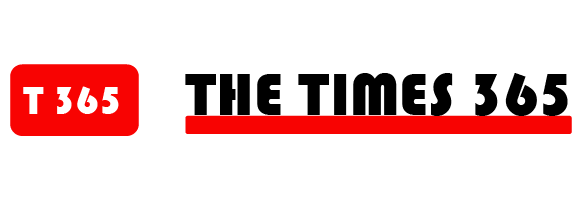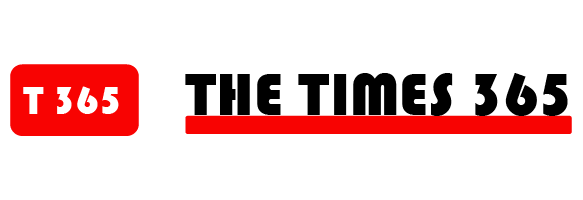The Administration, for its part, has denied causing widespread harm, even as it has made the scale of the damage harder to measure—halting data monitoring and dismissing the inspectors general who might have documented it. This is common in cases of public man-made death. During Mao Zedong’s disastrous Great Leap Forward, from 1958 to 1961, the Chinese government released no accurate mortality data. Observers abroad understood that a hunger crisis was under way when China began importing grain, but the scale of the catastrophe was not known until the mid-nineteen-eighties, when the first reliable census allowed historians to calculate that between twenty-three and thirty million people had died.
A fuller accounting of the fallout from U.S.A.I.D.’s shutdown will probably have to await analysis of the United Nations’ 2025 mortality statistics, which likely won’t appear until 2027. But there are other ways to glimpse the scale of the harm. With a documentary team that includes both American and local journalists, I have been following what has happened in Kenyan communities where U.S.A.I.D. had been active—in an advanced-H.I.V. ward in Nairobi, in primary health-care centers that had sharply reduced malaria, in a refugee camp, and elsewhere.
We chose Kenya because I’d done a lot of work there during my tenure, and because it’s on a familiar path of development. Like India, South Korea, and many Latin American countries that the U.S. assisted to advance from low-income recipients of aid to higher-income trade partners, Kenya had reached the lower rung of middle-income status. The country had made dramatic leaps in health-system capacity and life expectancy with the help of a mixture of projects. U.S.A.I.D. supplied medicine, food, and staffing for some of the most desperate and vulnerable, while providing technical assistance and investment to accelerate the country’s expertise in needs ranging from H.I.V. control to primary care.
I was especially worried about what would happen to the programs for childhood malnutrition, which, during the past two decades, had made extraordinary progress around the world. In place of a system that waited for emaciated children to reach distant hospital wards, often hours away, we had helped countries bring the front line to where they lived. A community health worker, carrying a tape measure and a scale, could detect danger early at home. A packet of peanut-paste therapeutic food could reverse starvation for the vast majority of severely malnourished children. Hospitals became a backstop for complications and for the frailest cases, while communities worked to strengthen local food sources. The method was simple, frequent, and close at hand: measure the upper arm, check for swelling, provide supplemental nutrition, watch for infection or decline, return the next week.
The results were dramatic. Mortality rates for severe malnutrition, once twenty per cent or higher, fell below five per cent. In Kenya, communities we worked with, including refugee camps, saw death rates drop to under one per cent. The United States had played a central role in developing and manufacturing the formula for therapeutic supplements. U.S.A.I.D. then had helped UNICEF, the World Food Programme, local health systems, and other actors scale up the approach worldwide. Globally, under-five child mortality fell by more than half since 2000, in major part owing to the advances in malnutrition treatment, which saved more than a million lives in 2023 alone. Still, most of the world’s malnourished children lack access to these programs. But, instead of trying to close that gap, we are washing our hands of it and reversing the gains.
In Kakuma, a vast refugee camp near the South Sudan border, starting in spring, our documentary team followed clinicians and families inside the stabilization unit at Clinic 7, where the sickest children come. Because of the termination of U.S. support, the World Food Programme’s supplies had been reduced to forty per cent of minimum needs, and cases of acute malnutrition had surged. Two-thirds of the clinic’s community health workers were laid off, hobbling the early-detection system that once saved most children before they needed acute care. Clinic 7 is where we met Rovina Naboi, who had fled South Sudan with her family. In our short film, she reveals what it was like trying to keep her desperately ill daughter, Jane Sunday, alive in a system that has broken down.
There are valid criticisms of U.S.A.I.D. It sometimes fostered dependency. It could be inefficient. Too much of its funding went to international institutions, rather than to local ones. And its history includes episodes in which aid was bent to American military and political aims—in Vietnam, Iraq, Afghanistan, and elsewhere. Yet no other agency of the U.S. government has saved more lives per dollar. It helped move billions of people out of poverty. And it showed how to deliver results for all of humanity, including Americans, through coöperation, rather than coercion.
The destruction of U.S.A.I.D. does nothing to improve this work. Instead, we have public man-made death. And the cruelty and lethality will only grow as the Administration expands its rollback of public-health advances to the homeland. We cannot let the people affected—health workers like those of Clinic 7, families like Rovina Naboi’s—go unseen. And we cannot let the consequences go unaccounted for.






